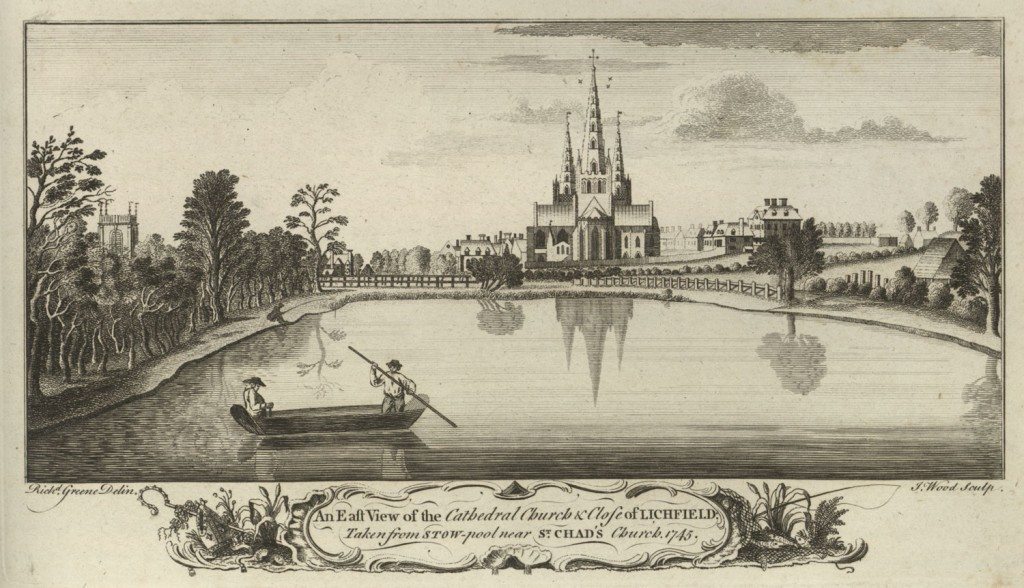A Window on the World: Richard Greene’s Museum of Curiosities in Lichfield
Image: “An East View of the Cathedral Church of St Chad’s & Close of Lichfield; Taken from Stow-pool near St Chad’s Church. 1745. Stebbing Shaw, History and Antiquities of Staffordshire, Vol.1 (London, 1798).
Image from: Local Studies and History, Birmingham Central Library
Text: Olga Baird
Image Captions and Summary: Malcolm Dick
Summary
Richard Greene created his Museum of Curiosities in late 18th century Lichfield. By contemporary museum standards of collection and display, Greene was an eccentric antiquarian, but he provided a window on the world for those who were enthusiastically investigating, accumulating and classifying knowledge. The museum contained historical artefacts, works of art and industry, geological and biological specimens and items representing cultures from around the world. The museum was well-placed. It was located in Lichfield, the “cultural capital of the Midlands” and benefited from gifts provided by the intellectuals who lived in or near the cathedral city. They included Matthew Boulton, Brooke Boothby, Erasmus Darwin, Samuel Johnson and Anna Seward. The museum enabled individuals to study its contents and draw conclusions and theories from their observations. Erasmus Darwin in particular must have learned a great deal from the collections. Greene’s Museum of Curiosities was an integral part of the West Midlands Enlightenment.
Next in this section »Continue browsing this section
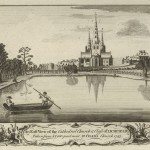 A Window on the World: Richard Greene’s Museum of Curiosities in Lichfield
A Window on the World: Richard Greene’s Museum of Curiosities in Lichfield
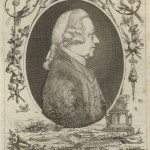 Richard Greene and 18th Century Museums
Richard Greene and 18th Century Museums
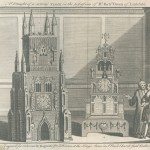 British Antiquities in Greene’s Museum
British Antiquities in Greene’s Museum
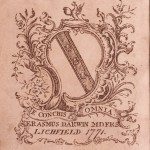 Natural History in Greene’s Museum
Natural History in Greene’s Museum
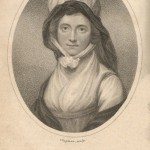 Curiosities in Greene’s Museum
Curiosities in Greene’s Museum
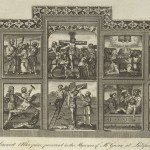 Curiosities in Greene’s Museum
Curiosities in Greene’s Museum
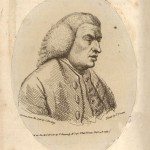 Samuel Johnson and Greene’s Museum
Samuel Johnson and Greene’s Museum
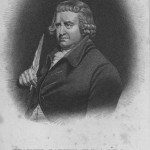 Erasmus Darwin, the Lunar Society and Greene’s Museum
Erasmus Darwin, the Lunar Society and Greene’s Museum
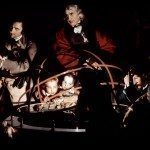 Joseph Wright of Derby and Greene’s Museum
Joseph Wright of Derby and Greene’s Museum
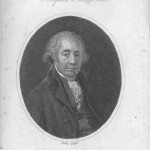 Matthew Boulton, John Whitehurst, Josiah Wedgwood and Greene’s Museum
Matthew Boulton, John Whitehurst, Josiah Wedgwood and Greene’s Museum
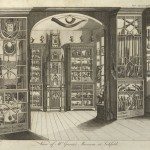 The Reputation and Importance of Greene’s Museum
The Reputation and Importance of Greene’s Museum
Sources and Further Reading
Dictionary of National Biography, Vol.23 (1890).
Descriptive Catalogue of the Rarities in the Mr. Greene’s Museum at Lichfield, (1773).
A Particular and Descriptive Catalogue of the natural, and artificial Rarities in the Lichfield Museum collected (in the space of forty years) by Richard Greene. (1782).
A Particular and Descriptive Catalogue of the Curiosities, natural and artificial, in the Lichfield Museum. Collected (in the space of forty-six years) by Richard Greene (1786).
A Concise and Descriptive Catalogue of all the natural and artificial Curiosities in the Museum of W H Yate, at Bromesberrow Place, near Gloucester (1801).
Shaw, Stebbing, History and Antiquities of Staffordshire, Vol.1 (London, 1798).
Bennett, William. Johnsoniana: Dr S.Johnson and his friends: Richard Greene.
(Birmingham, 1935).
Whiston J.W, “The Lichfield Clock: A Musical Altar-Clock from Richard
Greene’s Museum, Lichfield”, in Transactions of South Staffordshire
Archaeological and Historical Society, 1977, pp.73-82.



